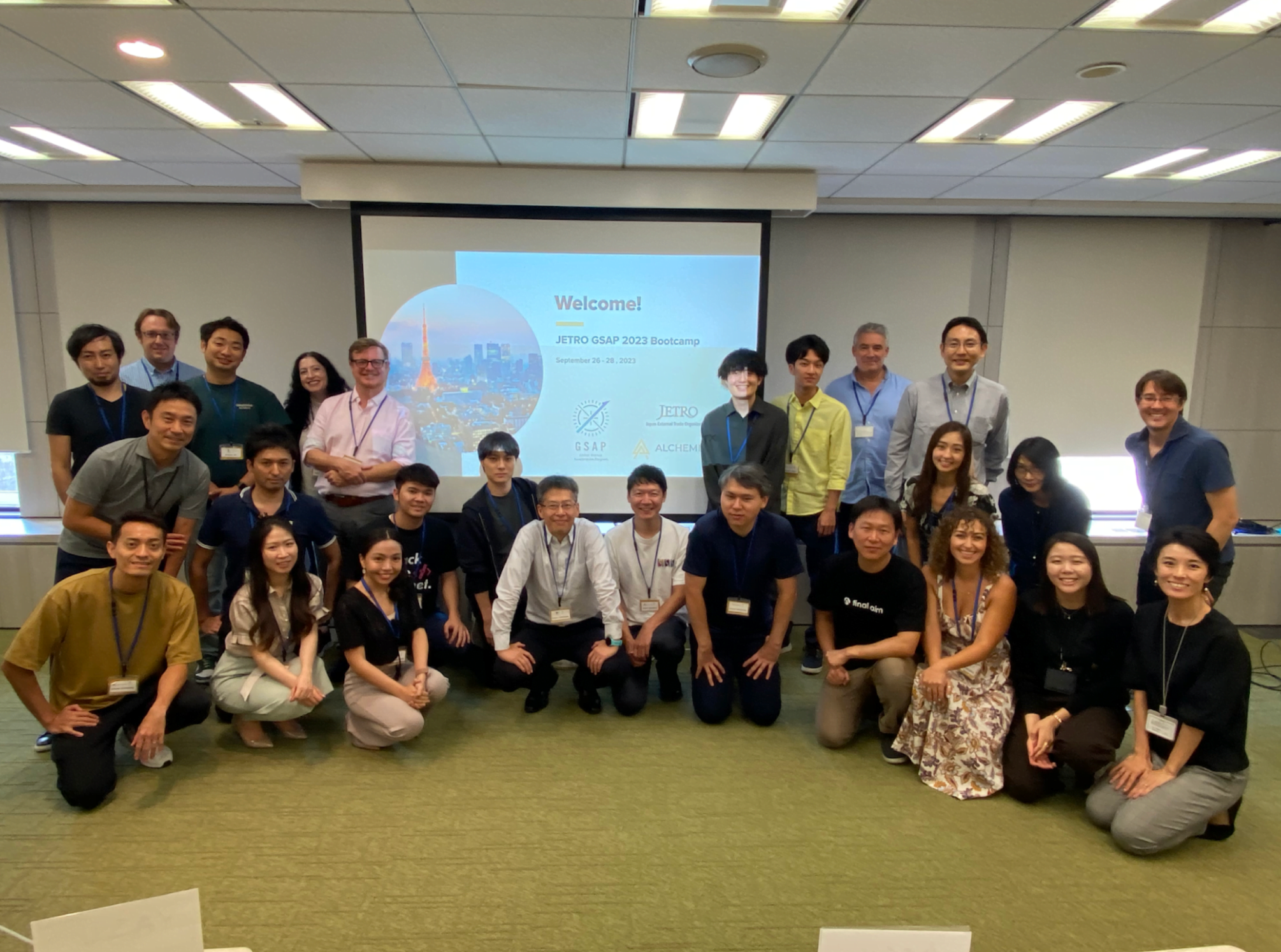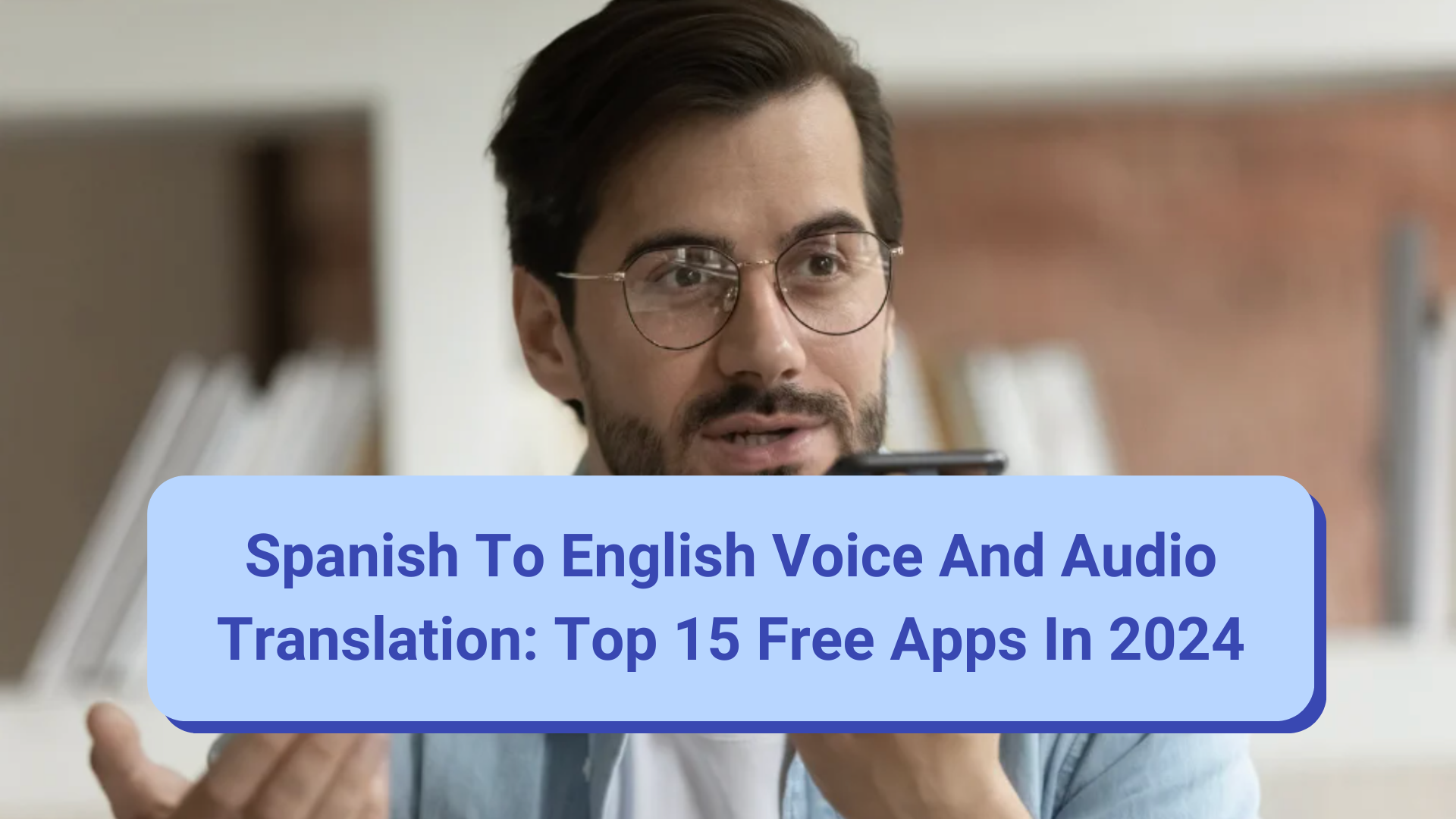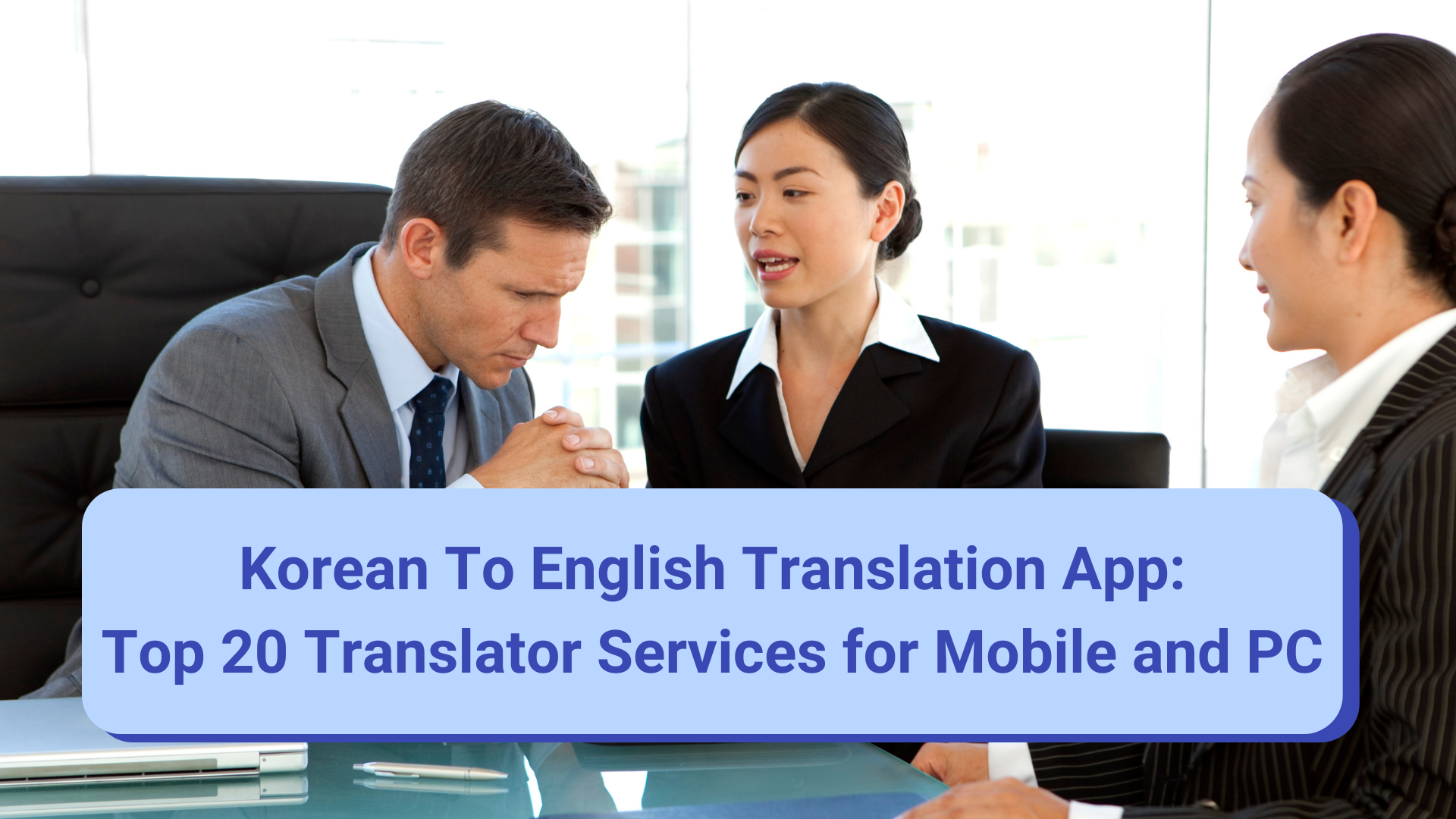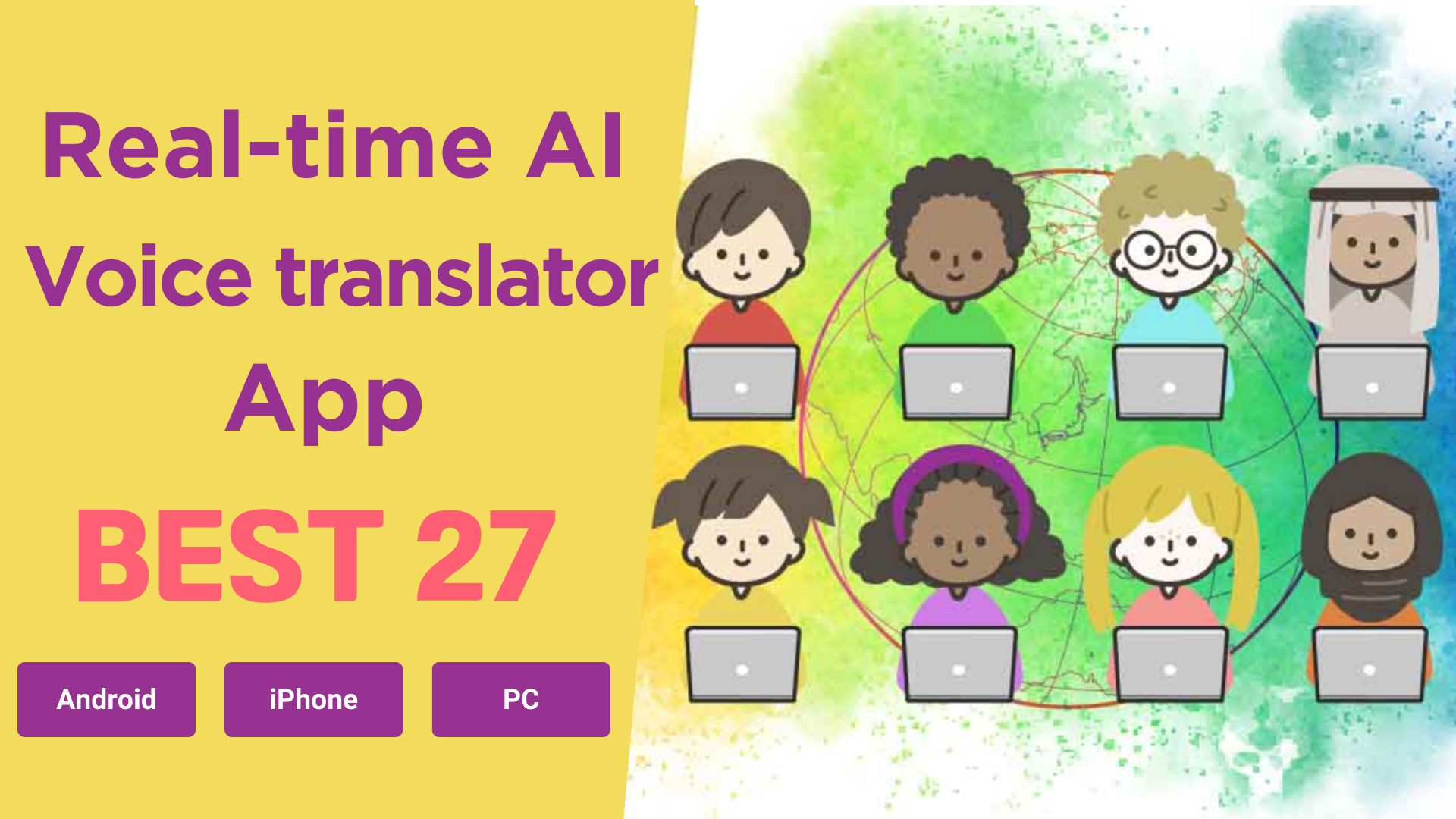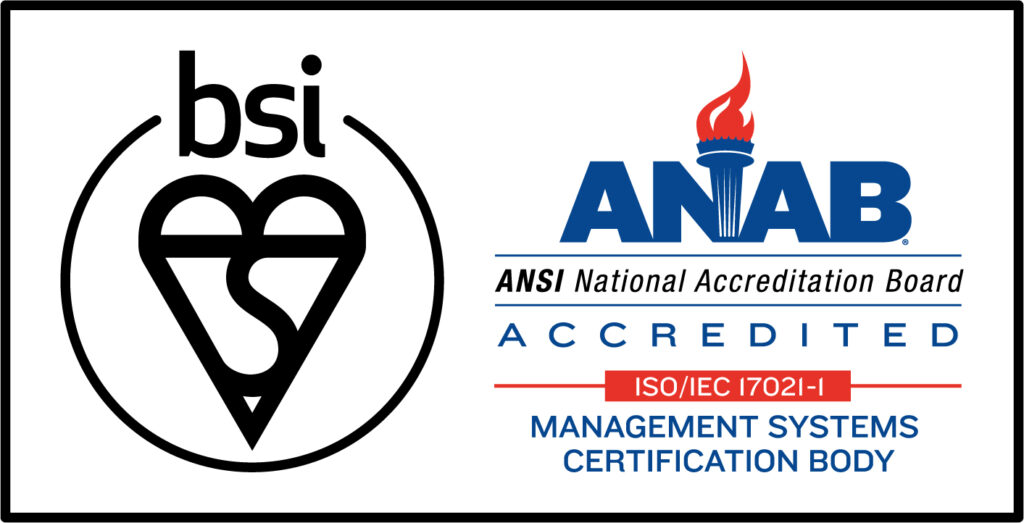Hello, my name is Ryo Jiromaru and I am a developer at VoicePing.
I recently participated in the JETRO-supported Alchemist Accelerator Program. I participated in a 3-day in-person kickoff in Tokyo, followed by about a week of in-person workshops in San Francisco!
I spent about two weeks in San Francisco, including this program and participation in other events, etc. I will write an article about the program and my experience in San Francisco.
I would like to start by briefly introducing myself. I think there are not many people who are in startups with a background like mine and who participate in startup accelerations overseas, so I would be happy if I can be of some help.
I graduated from the Faculty of Law at Keio University in March 2022. I was originally a de-literate, but I am the type of person who dabbles in everything, and I did various things like engineering, marketing, sales, and human resources when I was a student. After graduation, I joined Rakuten, but it wasn’t a good fit and I left after about three and a half months, and have been working at VoicePing since August 2022. I like to create and nurture products from my experience when I was a college student, and I was hoping to work as an engineer or marketer. Then I found VoicePing, and through an interview, I got a job as an engineer. And for now, I have occasionally worked in marketing. I have no experience studying abroad, nor do I speak English well, but when it was announced within the company that the accelerator had been accepted, I asked to join. In addition, all of our company’s daily meetings and chats are conducted in English. However, in preparation for this program, I put more effort into learning through Youtube dictation and DMM English Conversation.
The content of the program is focused on general marketing knowledge, but mainly on how to approach getting into the San Francisco market.
As I mentioned earlier, I am also assigned to marketing and sales tasks from time to time, and the program was very interesting to me and I learned a lot from it.
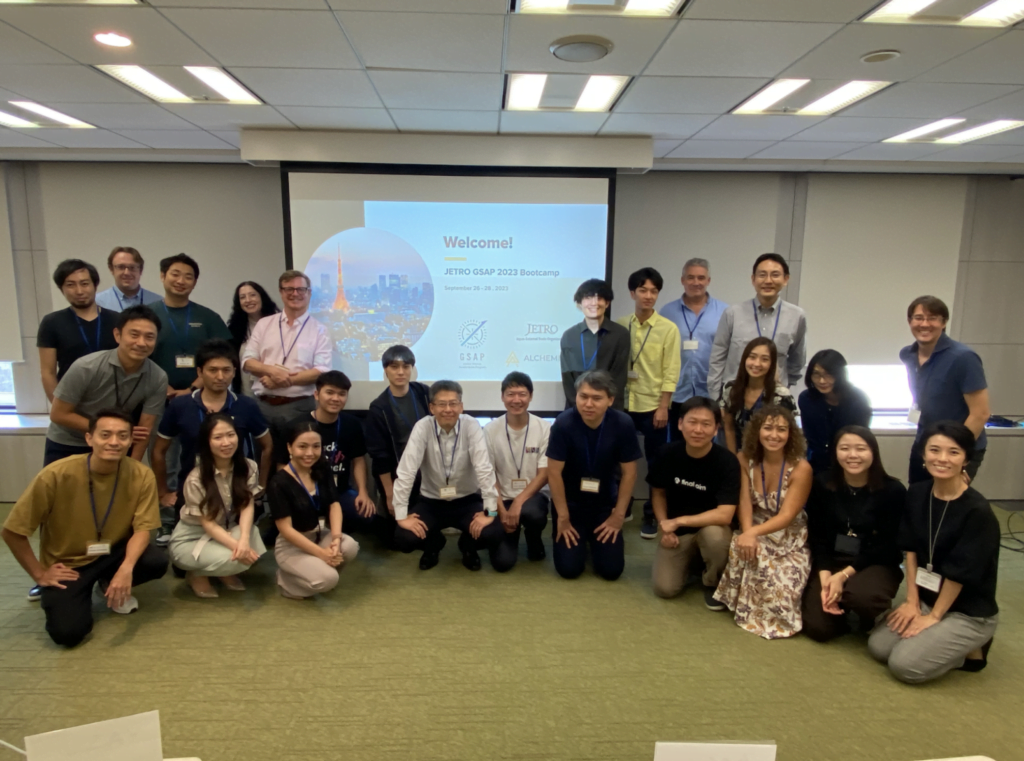
The overall focus was on practical skills on how startups should approach rapid growth in the early phases.The intensive global workshop that our CEO, Nakajima, and COO, Jack, attended previously at 500 Global, a similarly world-renowned startup accelerator, was a bit different, as it relied more on mindset and thinking.
Specifically, how do we find customers in the marketplace, how do we get them into the funnel of awareness, interest, consideration, and purchase, and how do we lift them out of each phase of the funnel? We are aiming to acquire customers through PLG (product led growth), so many of the contents were particularly instructive. let me introduce a few of them.
First, let’s talk about customer acquisition (Customer Discovery). I had no experience with the process of acquiring customers from scratch, and I was not aware of it, but it is a very important process for startups, and it is called Customer Discovery. Since there is no one in the US market who knows you, you need to find someone in your target market and interview them to see if they can help you acquire customers. There are many ways to do this, such as by contacting speakers at seminars or talking to people on social networking sites, but LinkedIn is extremely effective. In fact, our CEO, Mr. Nakajima, was able to interview a billionaire in India via LinkedIn. Also, once you have interviewed someone, it is most important to ask for an introduction to someone in the same market or someone who is familiar with the market.
Second, it is important to narrow down the customer segment. Unlike large corporations, we do not have unlimited budgets, and it is not a good idea to compete in the same field as large corporations. Let’s narrow down our customer segments, clarify our personas, and aim to gain some market share (50% or more) in that segment.
Finally, customers are not interested in the product itself (unfortunately… 😢). What customers are looking for is the value that the product brings, and we, as product providers, must show that value to our customers. And the value of a product can usually be classified into four categories: (1) time savings, (2) money savings, (3) social and physical benefit, and (4) emotional benefit and satisfaction. By demonstrating value appropriately in each phase of the funnel, customers in the funnel will move through the phases. And if you can demonstrate the value, you will be able to make the appropriate introduction case, which will help you acquire even more new customers.
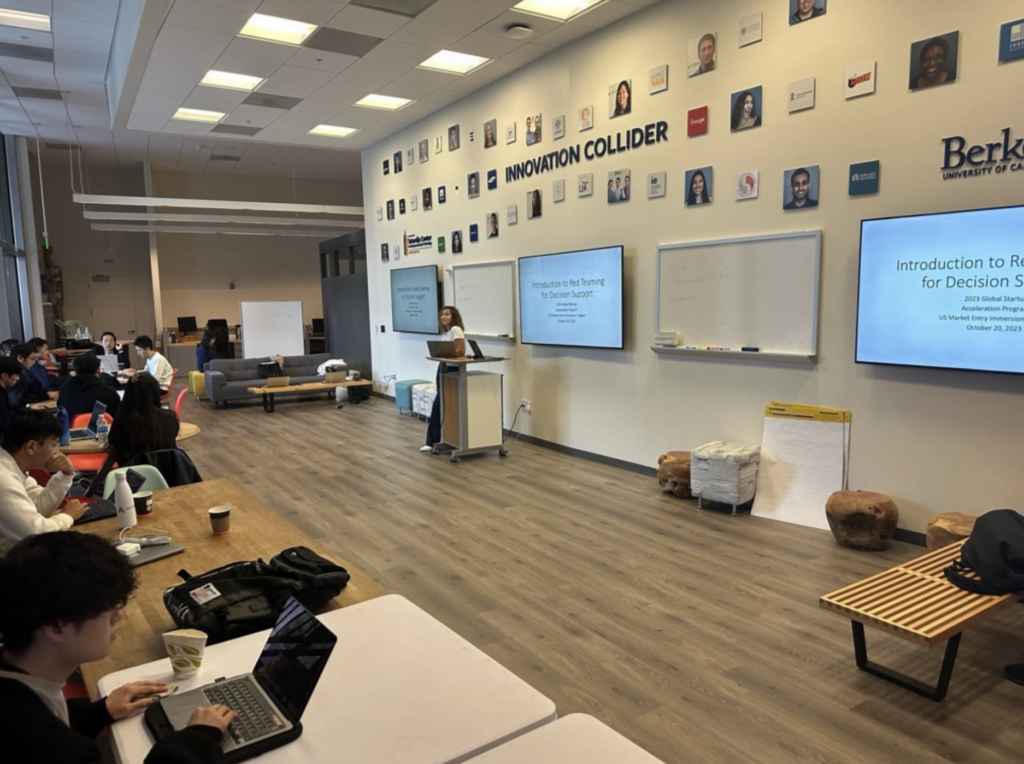

Next, I will talk about my stay in San Francisco!
This was the first time for me to visit the U.S. mainland, and it was a very new experience for me, from how to read traffic signals (there were many push-button systems, 80% of them, I felt) to how to ride a train (there were no ticket gates on the line I rode, only ticket vending machines). Prices were extremely high, as has been said recently, and a usual meal cost about 15$-20$ (2500-3000 yen), or 25$-35$ (3500-5000 yen) if you use UberEats. Of course, the food is better in Japan!!!!
The social security was also not as good as in Japan. Especially at night, there were only 5-6 people on the train, and about half of them were talking among themselves, so I had to shrink back and look at my PC to avoid getting tangled up… 😨
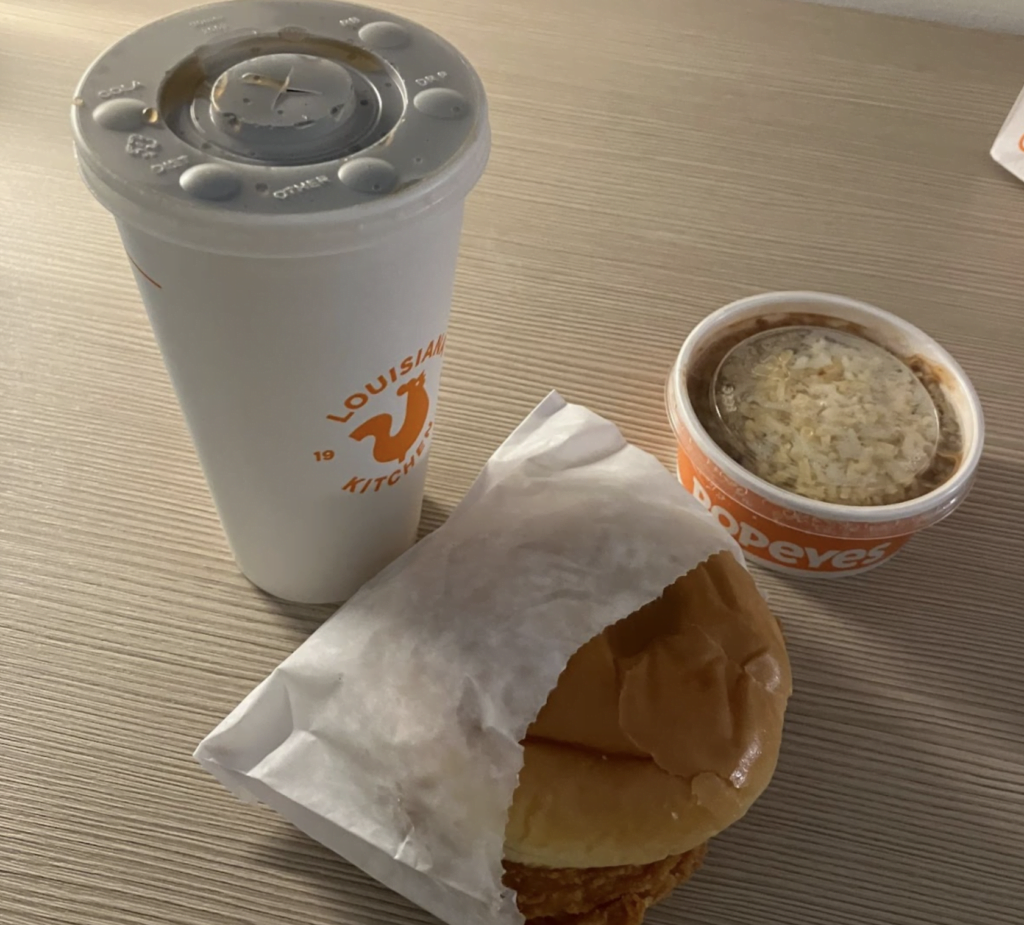
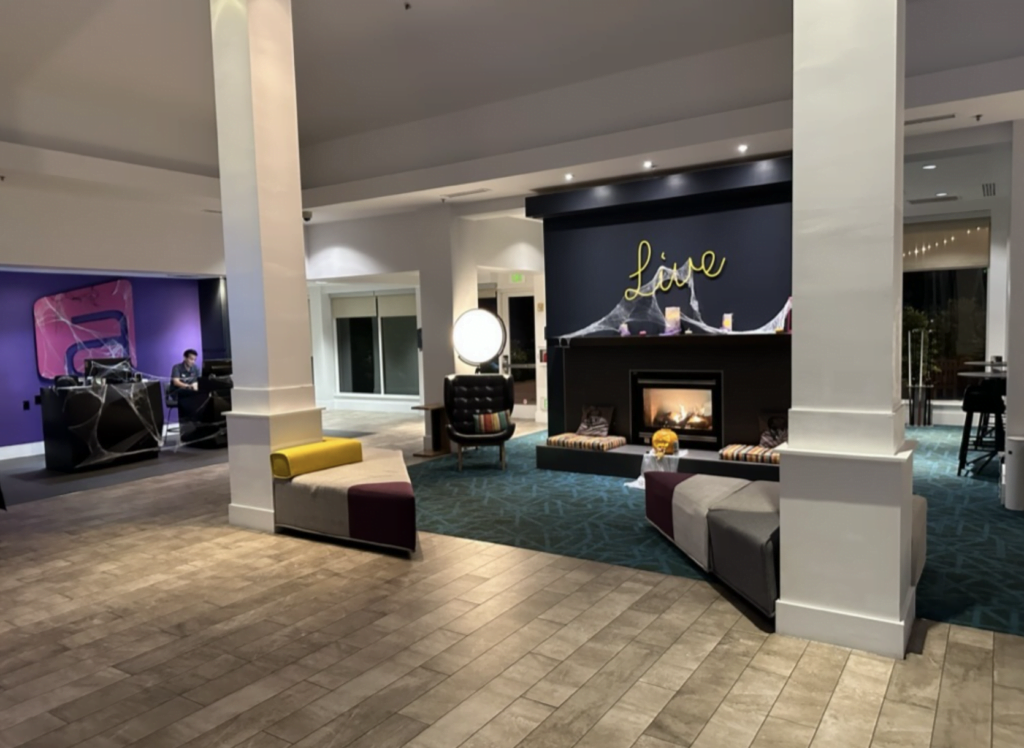
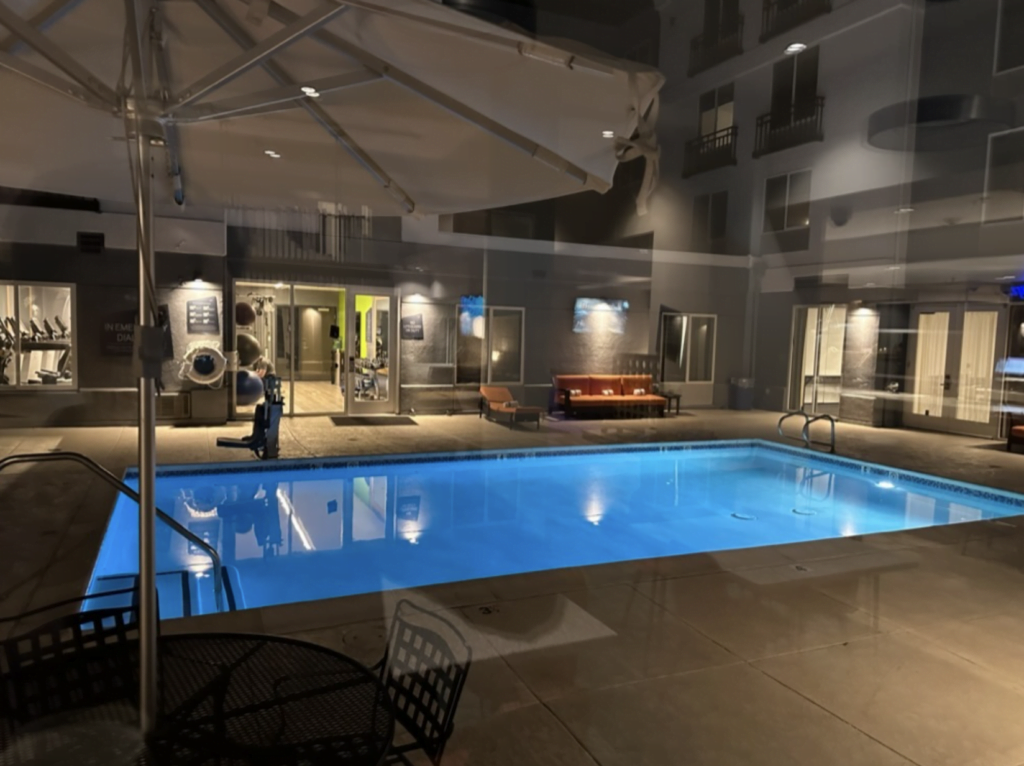
Although I wrote about the negative aspects, as someone working in the IT field, I thought that “being in San Francisco” was a huge advantage. In San Francisco, IT-related events are held every day. San Francisco is surprisingly small, so getting to the event venues is easy, and the level of both content and participants is high. The participants are from Stanford and Berkeley, from GAFA, and from companies that they founded as founders and have exited. Many of them are also networking events, where you can not only make connections, but also connect with actual clients and get the latest information. I think this is an experience that is hard to find anywhere else, not only in Japan.
Many San Francisco startups are technology-based, and so are their founders. If you are a startup person who can code and understand technology, you will have a lot to nod to in their stories, and it will be easy to empathise with them.
I will write about my actual experience with the event and the people.
As for the event, I actually attended an event hosted by Github. The content was for beginners about LLM and AI, and we learned about how RAG (Retrieval Generative AI) works and how to make use of it. At the end of the event, it was a bit surreal to see Github’s absolutely amazing engineers making a rock-paper-scissors game as a PR for Github Copilot.
There was networking also, and I spoke with software engineers and product managers in my field. It was difficult for me to lead the conversation with my English skills, but I hope to continue learning more about the IT field and English so that I can set the pace and speak at the same time overseas. I will continue to learn more about IT and English so that I can speak at my own pace in other countries.
I think that through this event and program, we were able to get a glimpse of San Francisco’s startup ecosystem.
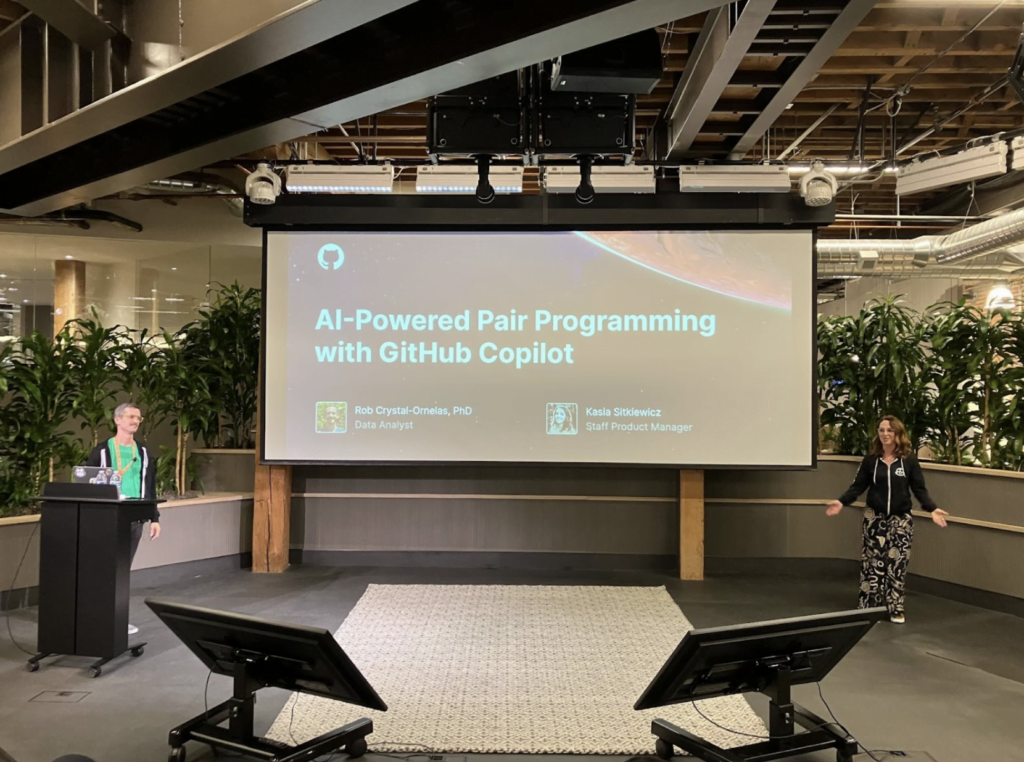
Next, about people in San Francisco, I received feedback on VoicePing from Hoan, who was a senior manager in the UI/UX at Apple during the iPhone 5/6 era, at Moon creative lab, a shared office operated by a startup program sponsored by Mitsui & Co. in which we will be participating!
Assume several specific use cases and targets of VoicePing, and we discussed the functional and design aspects, focusing mainly on mobile applications, and were able to clarify how to proceed with development and improvement in the future.
One of the things that impressed me when I had lunch with him was that when he worked at Apple, designers were responsible for quality assurance, and they paid attention to every single pixel in their work. I was reminded of the saying, “God is in the details,” and I realized that this is true in any field, and that the actual UIUX can be the lifeblood of a product.It is difficult to pay attention to every detail in everything, as it is important for startups to decide to do or not to do. It will be necessary to thoroughly examine the UX within the service, identify the parts that many users will use, prioritize them, and create them one by one with thorough attention to detail.
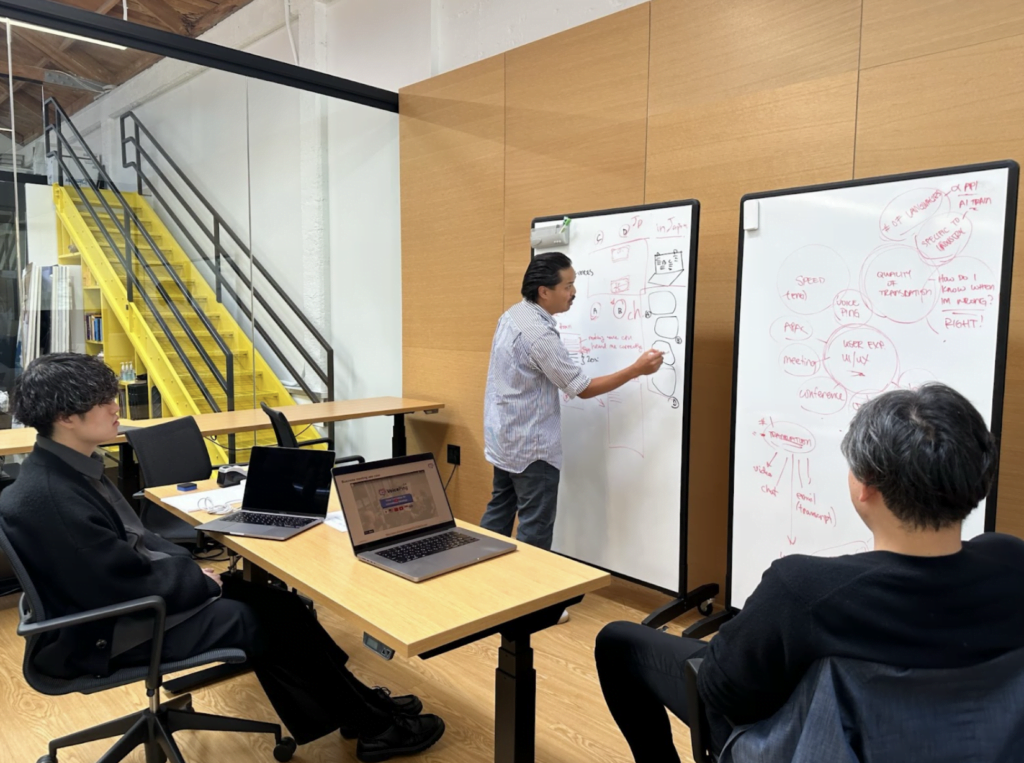
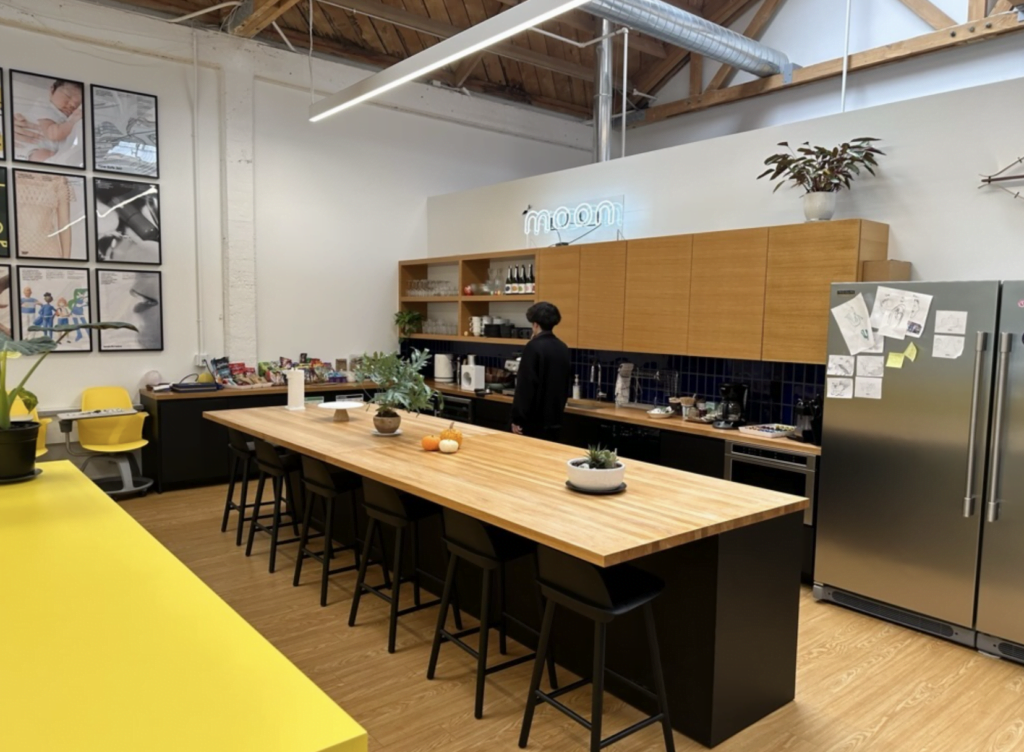
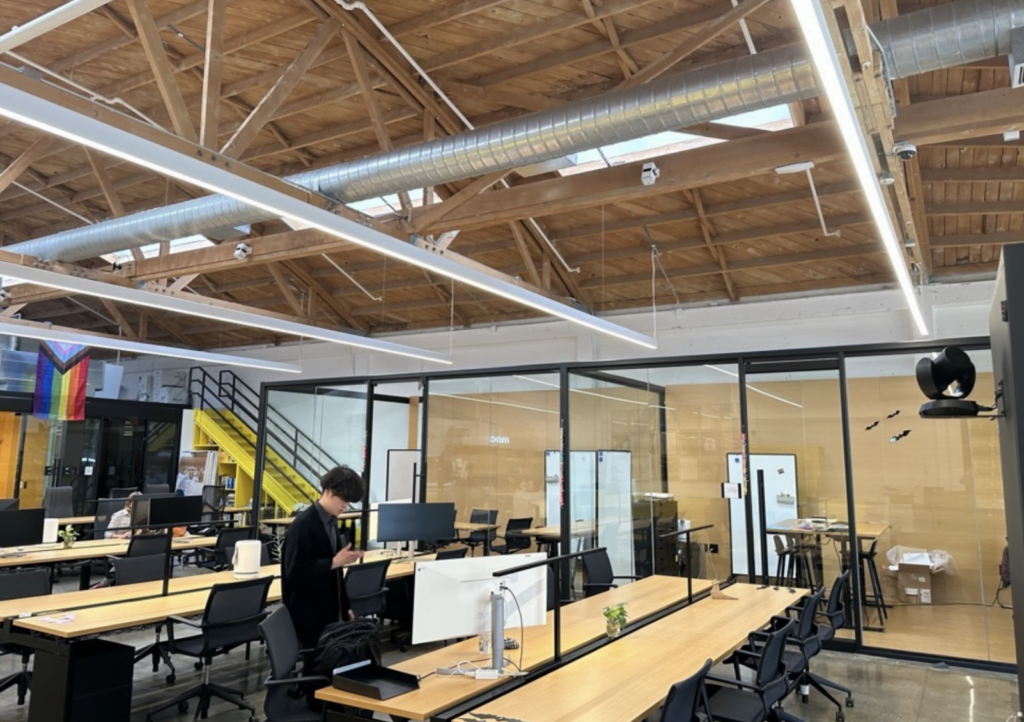
Another thing that struck me was that talented people in San Francisco are willing to share their knowledge and experience. This is completely my own bias and expectation, but perhaps in order to excel in San Francisco, it is necessary to not only study on one’s own, but also to share one’s skills for efficient self-growth, and this has become a habit or established as one’s personality. During my stay, I went to Stanford University to listen to a lecture by Andrew Ng, one of the prominent figures in the field of AI. Of course I learned a lot from his lecture, but what surprised me was that I didn’t see anyone studying alone at all, but in groups of about 4-5 people. And they were studying on campus like that until about 8 pm. Perhaps through education, they understand that sharing knowledge is very important.
And this is similar to IT, especially the engineer culture. It may be because of that San Francisco is strong in IT because its IT culture is similar to or based on San Francisco’s skill-sharing culture.
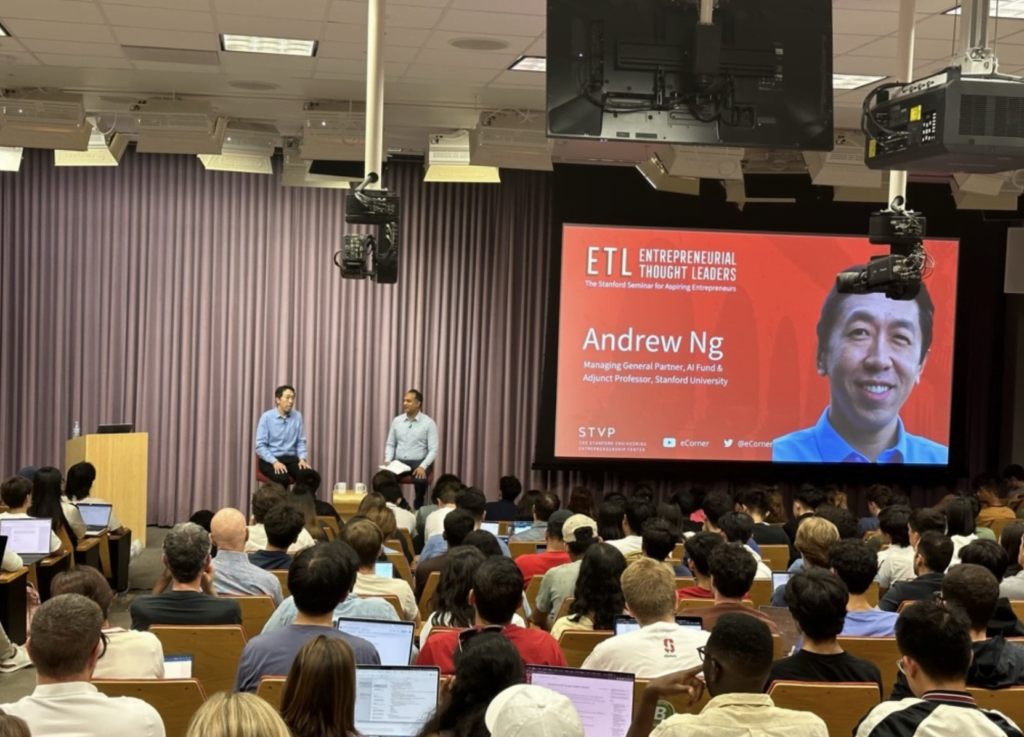
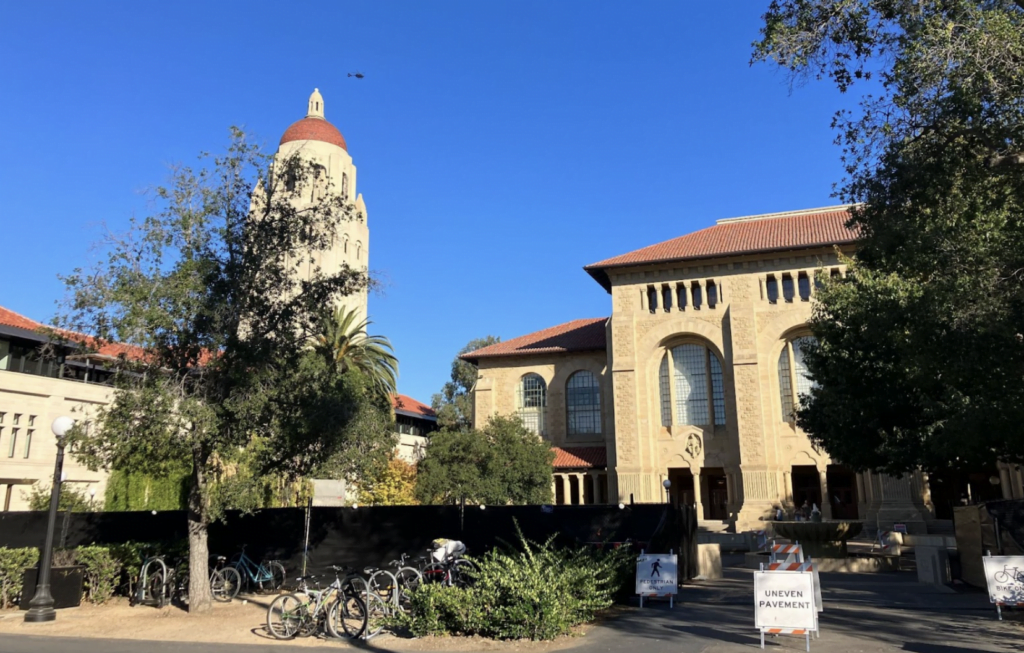
On the last day, we went out to dinner with some of the people Mr.Nakajima had met at the 500. Some of the founders were no older than myself. I will do my best not to lose!
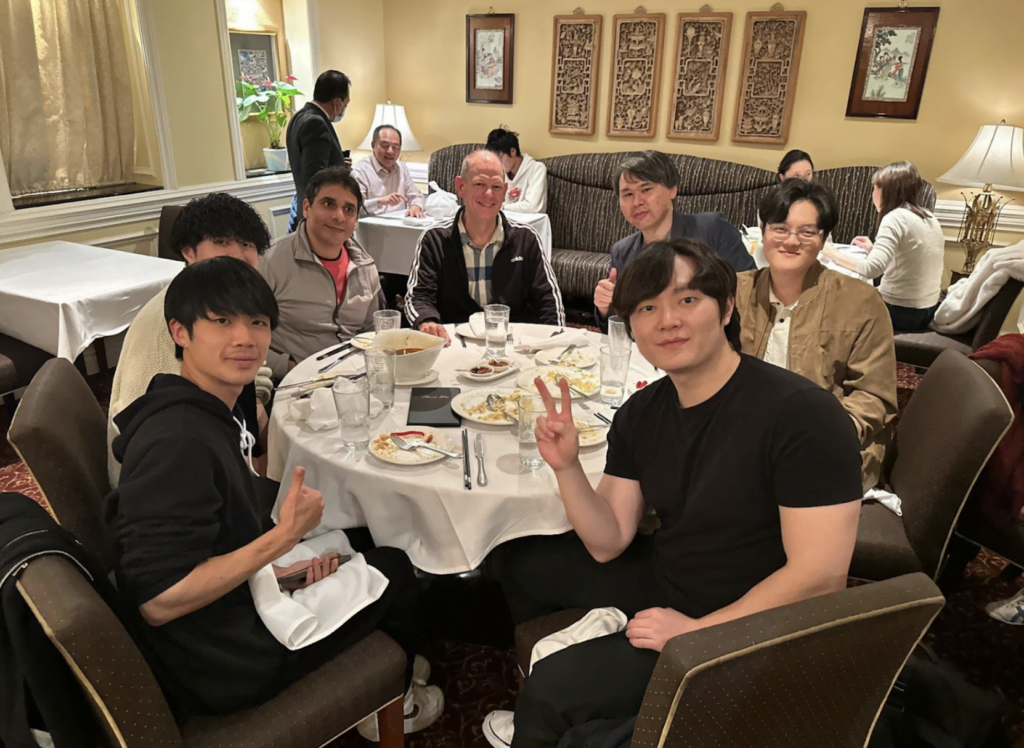
It has been a little over a year since I joined VoicePing, and this was probably the most intense two weeks I have ever had, combined with the different environment.
my own goals for the future (which are more in the aspect of actions I want to take than goals) is,
- To continue learning English and to be able to make the knowledge gained through the latest articles and events more efficient for me than I am now.
- To be able to work within VoicePing with a wide scope, and to use the knowledge gained in this program to achieve concrete results.such as,
- Sometimes I’m assigned to sales of “consideration→purchase”, so, indicate the value of VoicePing correctly to make customers become users of VoicePing.
- Fortunately, I’m in charge of development around payments for customers close to the marketing area, so I will develop and propose development based on the strategy (PLG model in our case)
My work can reflect what I learned in San Francisco. I hope to put it into practice and ensure that it becomes part of my blood.
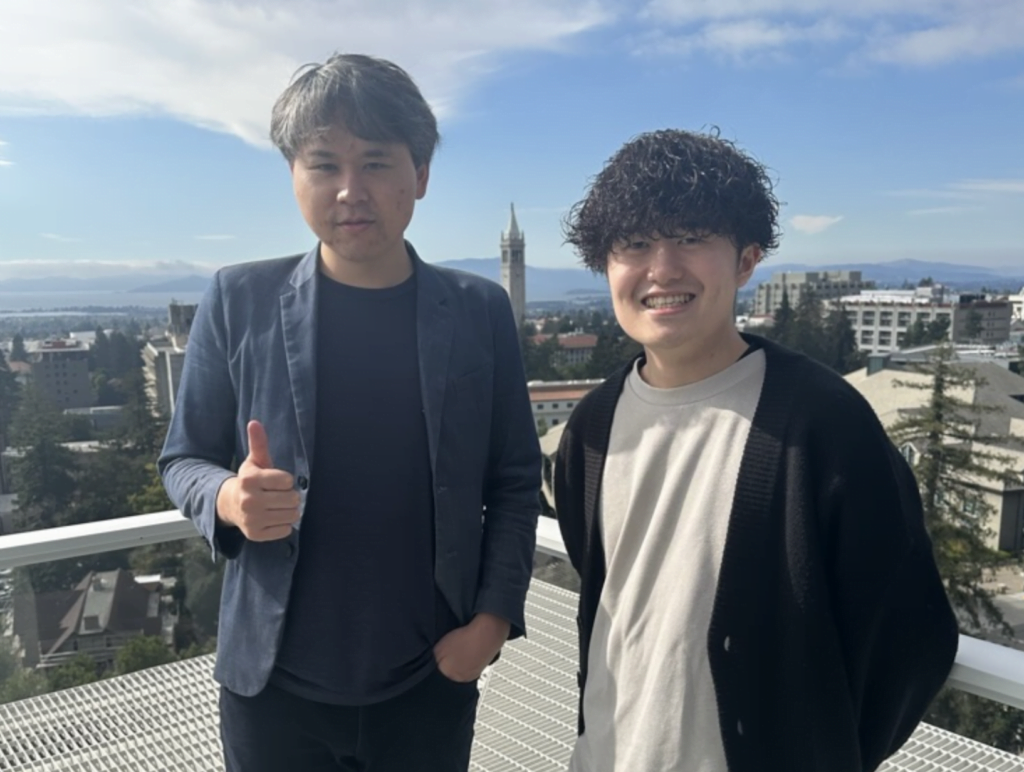
We are hiring!!!
VoicePing is currently looking for AI engineers and web development engineers. If you want to work with cutting-edge language models (ChatGPT, GPT3.5 Turbo…etc), high-performance speech recognition (Whisper…etc), create translation models, or design, develop, and operate complex, high-performance web development applications. Please contact us.

